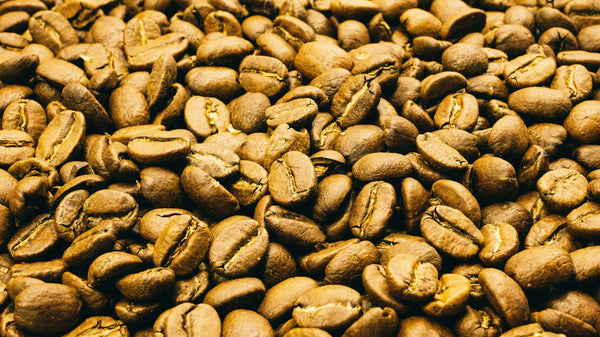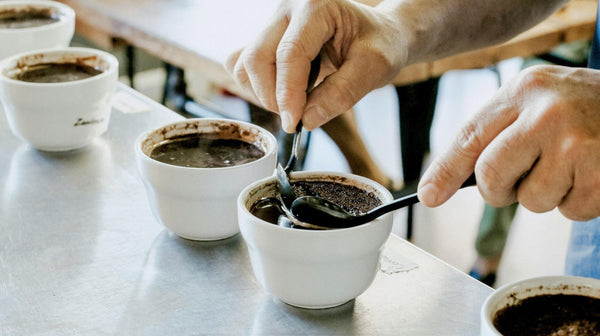Sip Into The Cup: Hot VS. Iced Coffee

Photo by IvanBE pratama on Unsplash
The indecision is real – standing in front of the cafe menu, unsure whether to order your usual hot latte or venture into iced coffee territory. We've all been there! What makes these two versions of your favorite beverage so different? This guide delves into the science and experience of hot and iced coffee, helping you confidently choose your next cup.
The most noticeable distinction between hot and iced coffee lies in their flavor profiles. Hot coffee typically boasts a bolder, richer taste with a more pronounced aroma. This is due to the way hot water interacts with the coffee grounds. It extracts a wider range of flavor compounds, including those responsible for bitterness, acidity, and sweetness. Some of these compounds are more volatile, contributing to the intense aroma of hot coffee.
Iced coffee, made with hot-brewed coffee then chilled, generally offers a smoother, slightly sweeter profile. Dilution from the ice subtly mutes the intensity of some flavors. Interestingly, the perception of sweetness can be enhanced in colder beverages. A well-made iced coffee retains the core characteristics of its hot counterpart while showcasing a unique dimension brought out by the chilling process.
There are two main ways to achieve iced coffee: the hot-brewed method and cold brew. The hot-brewed method involves brewing coffee hot as usual, then chilling it down for iced coffee. This method offers a flavor profile similar to hot coffee, but with a slightly diluted and smoother taste due to the ice.
Cold brew, on the other hand, is a completely different brewing method. Coffee grounds are steeped in cold water for an extended period (typically 12-24 hours). This slow extraction process results in a coffee concentrate with a lower acidity and a smoother, slightly sweeter taste compared to hot-brewed iced coffee. Cold brew is often diluted with water or milk before serving.
Since hot-brewed iced coffee begins with hot-brewed coffee, their caffeine content will be relatively similar. Variations in caffeine content primarily depend on factors like the type of beans (Arabica vs. Robusta), the brewing method, and coffee-to-water ratio. Cold brew coffee may have a slightly lower caffeine content due to its different extraction process.
Both hot and iced coffee offer enjoyable experiences, but in distinctly different ways. Hot coffee provides a warming, comforting sensation with pronounced aromas that awaken the senses, making it a popular choice for a morning ritual or a cozy break on a cold day. Iced coffee, on the other hand, delivers a refreshing, thirst-quenching experience, especially during warm weather. Its lower acidity often makes it easier on the stomach for those with sensitivities, and the addition of ice can create a more visually appealing beverage.
When deciding between hot and iced coffee, consider several factors. Do you enjoy a bold, intense flavor, or a smoother, slightly sweeter profile? What aligns with your current mood – a comforting warm beverage or a refreshing cold drink? Iced coffee is often prepared in larger batches, making it a great grab-and-go option, while hot coffee may offer more flexibility in brewing a single, personalized cup. Additionally, if you have digestive sensitivities, iced coffee's lower acidity might be a better choice.




